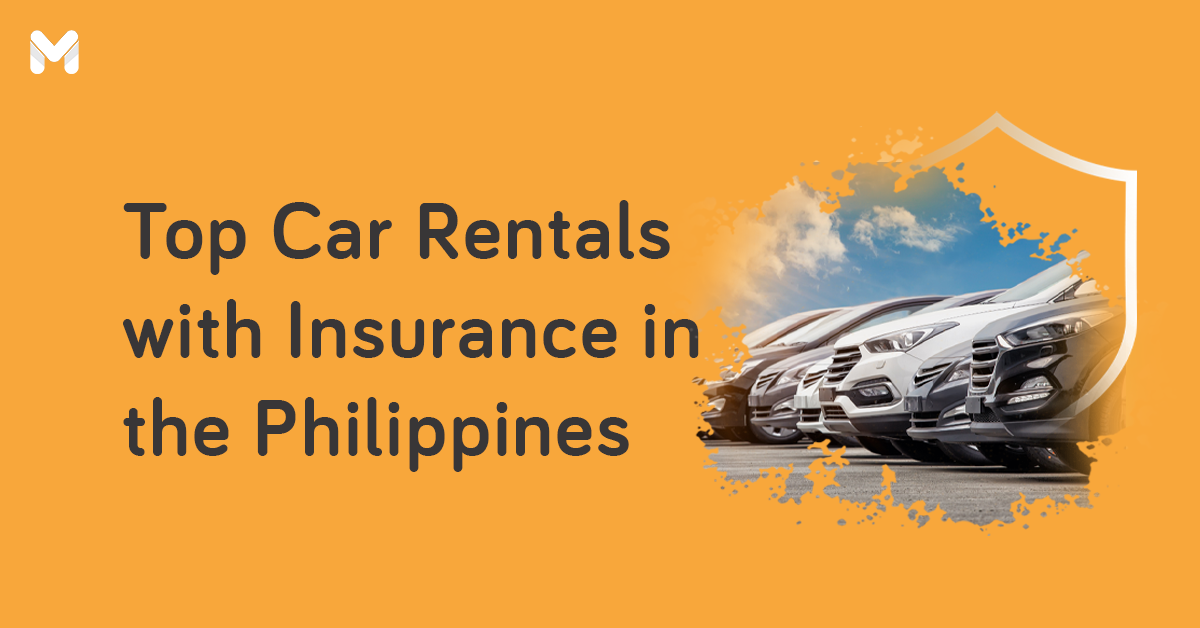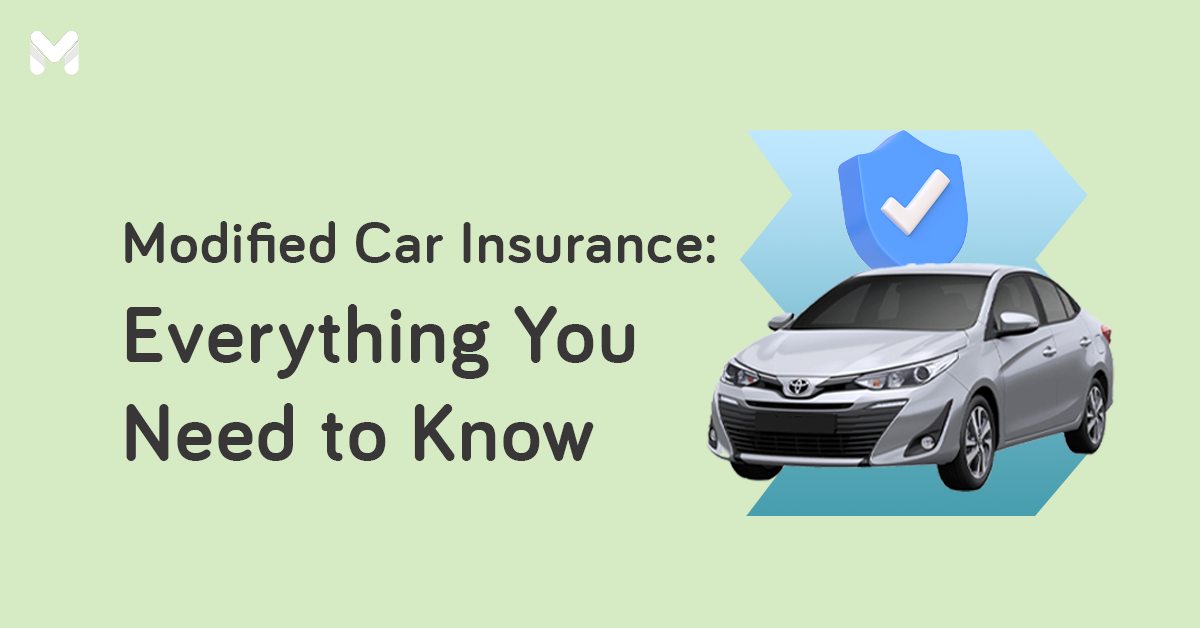Roads in the Philippines are a battlefield. Feeling a little bit terrified is perfectly normal, especially if you’re a newbie driver. But the reality is that bad drivers abound, and you’ll encounter them every day.
Most of these bad driving habits are hardly given a thought, especially by experienced drivers. But with some awareness and a few reminders, these risky driver behaviors can still be broken.
10 Bad Driving Habits You Should Avoid
All drivers have one. But bad driving habits can lead to accidents. This list should inform you what you’re doing wrong when driving and how to reduce or break those dangerous driving habits.
1. Using a Cellphone While Driving

It takes five seconds to read a text message.[1] And those five seconds with your eyes off the road is enough time for an accident to happen.
While you’re busy checking your phone, a puppy can get loose from its leash, a child can run out to the street to chase after it, or a vehicle can pull out of a parking space. This is why you should never use your mobile phone while driving.
Texting while driving also increases your odds of colliding with a road sign, swerving to the other lane, or going over a curb.
Don’t be that kind of driver who can’t function without checking their phones every few seconds. If it’s an urgent call, answer and put it on speakerphone or use your wireless earbuds. And if you really need to answer that text, safely pull over to the side of the road, and make sure you’re not blocking traffic flow.
Read more: How Much Your Hyundai Car Insurance Will Cost
2. Lane-Hopping

Not only is moving among lanes annoying. It can also put other drivers in danger when they don’t have enough time to anticipate another driver’s movements. When you weave in and out of traffic, it also disrupts traffic flow on that busy road or highway.
Some think that switching to the faster-moving lane or squeezing in the tiny gaps in traffic is a cool driver move. Well, it’s not. It only shows what an impatient driver you are.
Avoid leaving your lane when you spot a space in traffic. The more lane hops you make, the more you increase your odds of a collision. Instead, just sit back, play some music, and try to enjoy the drive in your lane.
3. Using High Beam for Oncoming Traffic
They're really great to use at night when you want to see more of the road. But use your headlights the way they're supposed to.
More light doesn't mean safer driving. While turning on your high beam improves your visibility at night, it also reduces the visibility of oncoming traffic. Just think about what it feels like when you're in a dark room, and you look into a flashlight. The light is bright, but you can't see anything else around it.
Not only does high-beam light hurt your eyes. It also creates anxiety for drivers of oncoming vehicles because they can't see much.
Flash your high beam only to signal a driver that theirs are blinding you. Turning down your high beam when there’s oncoming traffic is not just road courtesy. It also makes roads safer at night.
4. Not Using Turn Signals

Turn signals are a requirement for your car to be roadworthy. This means drivers can’t really make excuses that their turn signals aren’t working.
If you plan to change lanes, use your turn signal. People are not mind readers. If you don’t tell other people where you’re going, how can you expect them to know?
Changing lanes or turning without signaling throws others off, and it could put you in harm’s way. It’s definitely one of the bad driving habits to avoid.
5. Cutting Other Cars Off

When you’re running late, don’t you wish the roads were clear, so you could speed your way to the office? But it’s not something you often see during rush hour in the Philippines. That’s why some drivers still try to weave between lanes, hoping to get ahead faster.
Not only are you putting yourself and others in danger. It’s also one of the most common bad driving habits that often lead to road rage. Cars suddenly cutting in forces you to act defensively, feel angry, and lose your concentration on the road. It’s rude and risky driving behavior.
If a driver cuts you off, don’t engage. Just keep a good distance between yourself and the vehicle. It’s better to be safe than sorry!
There can be exceptions, like when other drivers need to cut in because of poor judgment. In this case, try to be the bigger person. Let them back into your lane so you won’t cause any traffic disruption or accident.
6. Frequent Braking
What are bad driving habits that damage your car? Frequent and unnecessary stepping on the brakes.
Don’t you just hate it when you’re driving behind a car whose brake lights keep going on and off, and there’s no reason to be stepping on the brakes? This is a bad driving habit because it keeps you constantly on guard and needlessly stressed.
Keep a safe and proper distance instead so you won’t have to step on the brakes when you really need to.
7. Driving Too Fast

This is one of the most dangerous driving habits to have. When you mix overspeeding with distractions or carelessness, the risk of getting into an accident dramatically increases, too.
Speed limits are in place to ensure everyone's safety. Most expressways in the Philippines have a maximum speed of 100 kph for cars and 80 kph for buses and trucks.[2] If you go beyond, you'll be slapped with a hefty fine.
So if you have the urge to go faster, or if you’re sharing the road with a speed demon, just let them speed away. Stick to your safe driving habits and get to your destination in one piece.
8. Tailgating
Another bad driving habit that made it to this list is tailgating. It’s also one of the most dangerous.
When you tailgate, you reduce the safety distance between your vehicle and the one ahead. That means poorer view of the traffic and less time for you to react.
Avoid this bad Filipino driving habit because it won’t end well if the car you’re tailgating suddenly steps on the brakes. Always maintain a safe distance (at least three cars if you’re driving at high speeds or under bad weather conditions). If the car in front is moving too slowly, just safely pass them.
If you’re being tailgated, safely move over and let the tailgater pass. Responding with road rage isn’t an option.
9. Blocking the Pedestrian Lane
First, stopping on a pedestrian lane is illegal. Second, it makes it difficult for people to cross a busy road. Third, it creates a lack of a vantage point should other drivers wish to turn, particularly at intersections.
When you’re approaching a pedestrian lane, decrease your speed. Come to a complete stop when pedestrians are waiting to cross. As long as they’re on a marked crosswalk, they have the right of way.
10. Counterflowing
Bad drivers in the Philippines do this all the time. Also known as driving against traffic, counterflowing is not only dangerous for you and your passengers. You’re also exposing oncoming vehicles to danger. Not to mention taking away the lane they’re supposed to be using.
In short, it worsens traffic and puts you in a dangerous situation.
Counterflowing also carries a hefty penalty: a ₱2,000 fine and driver's license suspension for three months on your first offense. So if you’re thinking of counterflowing to get a little ahead, don’t. It’s just not worth the hassle.
Final Thoughts
You’ll share the road with different types of drivers. While most are good drivers, there are also terrible ones who have no business being behind the wheel.
Safe driving starts with you, so keep your full concentration on the road and always follow road rules and traffic laws in the Philippines. More importantly, get covered by car insurance as you’ll never know when you’ll get into an accident due to bad driving habits.
Sources:
- [1] Distracted Driving (U.S. National Highway Traffic Safety Administration)
- [2] Speed Limits (Toll Regulatory Board)










